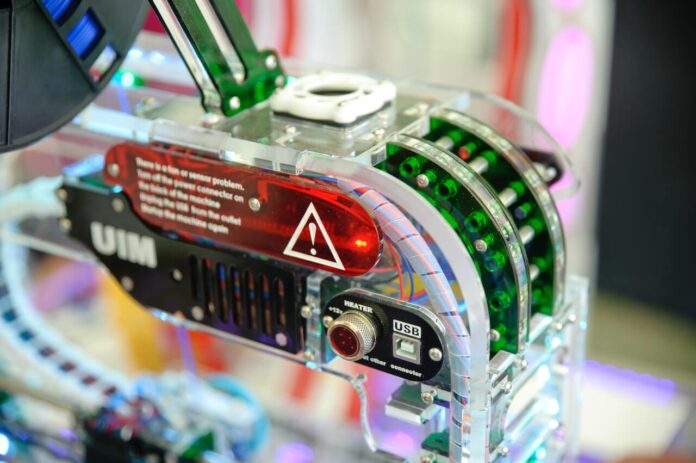When it comes to sourcing human skin samples for biological research, scientists are facing a challenge. Obtaining these samples through organ donation or surgical procedures is not only ethically sensitive but also becoming increasingly difficult to access. The limited supply of human tissue samples and the restricted availability of specific tissue types and sizes have hindered progress in various scientific projects. However, an innovative solution to this problem has been found: a low-cost, easily accessible 3D bioprinter made out of Lego.
Wait, what? Lego?
Yes, you read that right! The emerging technology of 3D bioprinting has opened new possibilities for growing cells in three dimensions, offering a more accurate representation of the complex architecture of biological tissue. However, the prohibitive cost of these bioprinters, which can run into the tens or even hundreds of thousands of pounds, has limited their accessibility to only a few research teams. This is where the Lego bioprinter comes in.
Lego, with its cheap and versatile nature, has been used to create traditional 3D printers before, but the question remained: could Lego be used to print soft biological material with the required level of precision, reliability, and stability? A multidisciplinary team of engineers and biologists at Cardiff University answered this question with a resounding “yes” and set to work on their own affordable, high-spec bioprinter.
Built from standard Lego bricks, the mechanical sub-brand Lego Mindstorms, and a lab pump, the bioprinter is capable of printing delicate biological material with the required level of precision. Using a mini-Lego Mindstorms computer, the device moves the dish backwards, forwards, and side to side while moving the nozzle up and down mechanically as it extrudes the gel full of cells. These programmable movements build up layers of the cells to replicate the 3D structure of human tissue, layer by layer.
And it’s working?
Yes, the bioprinter has already been used to create layers of skin cells, working towards a full-scale skin model! With the ability to modify the bioprinter by using different types of nozzles to print different types of cells, it can build a variety of complexities into the tissue samples. This opens exciting opportunities to imitate both healthy and diseased skin, to study existing treatments, and to design new therapies to treat various skin diseases.
Not only is the Lego bioprinter affordable, costing only £500 to build, but it also offers an open-source, accessible, and affordable alternative to an essential piece of equipment beyond most researchers’ budgets. The team at Cardiff University wants their Lego bioprinter to enable researchers to conduct groundbreaking research, ultimately leading to a better understanding of biology and further improvements in human health.
Who made the Bioprinter?
Sion Coulman, Chris Thomas, and Oliver Castell are the researchers who have successfully fabricated a 3D bioprinter from Lego bricks, which is capable of generating human skin tissues. For more information, you can read more information here, in the original article published in The Conversation. Also, if you want to see how they built it, read this research article.

